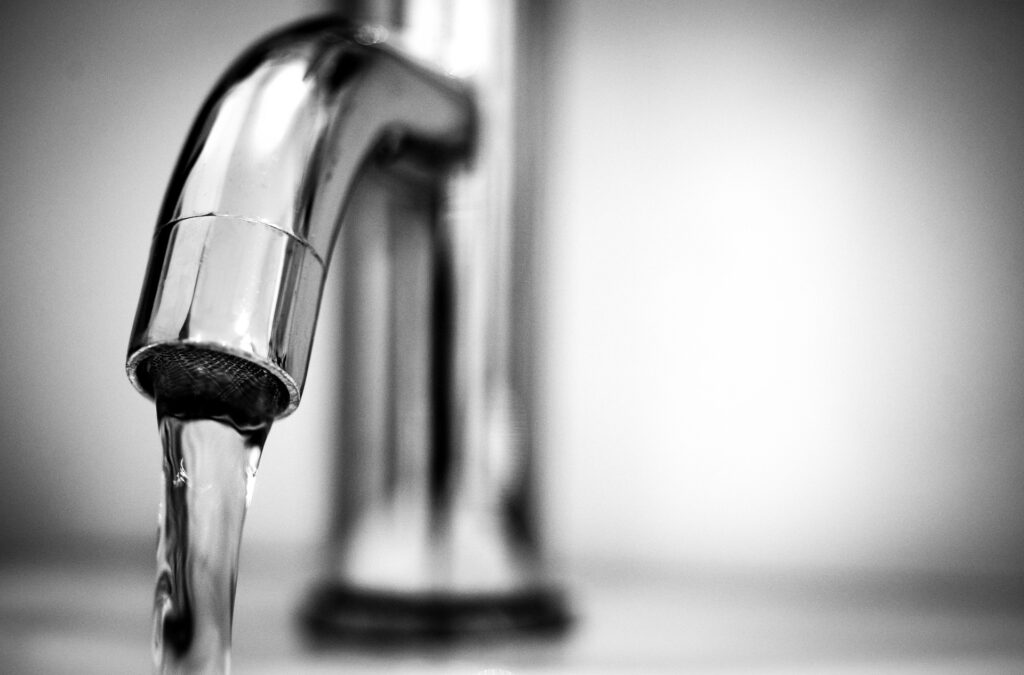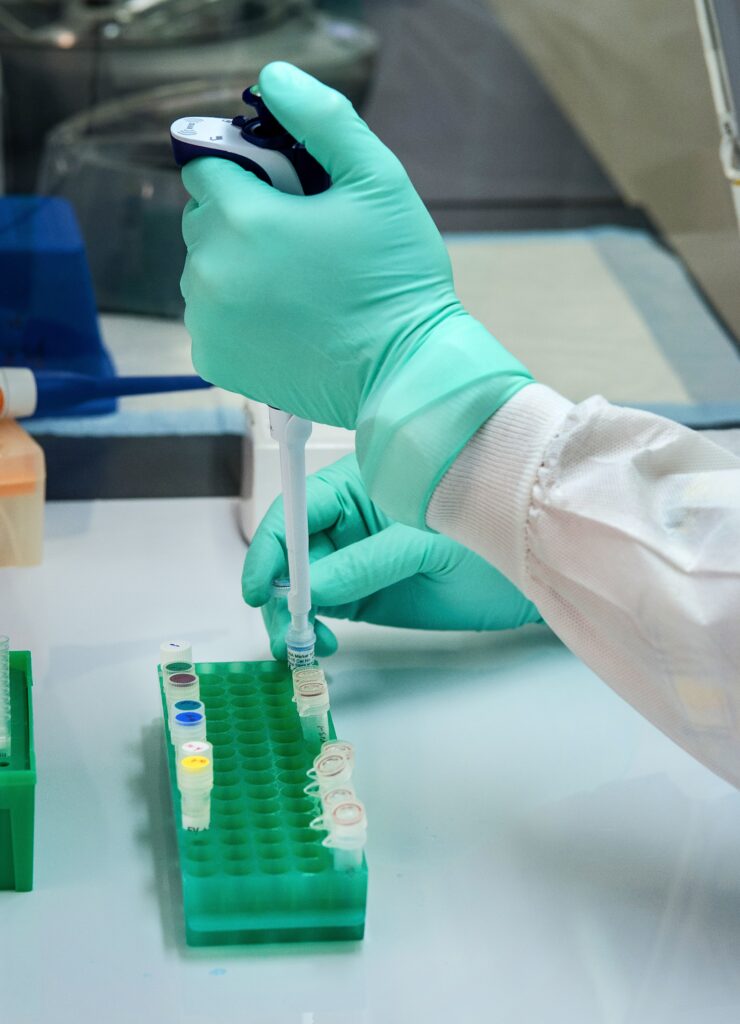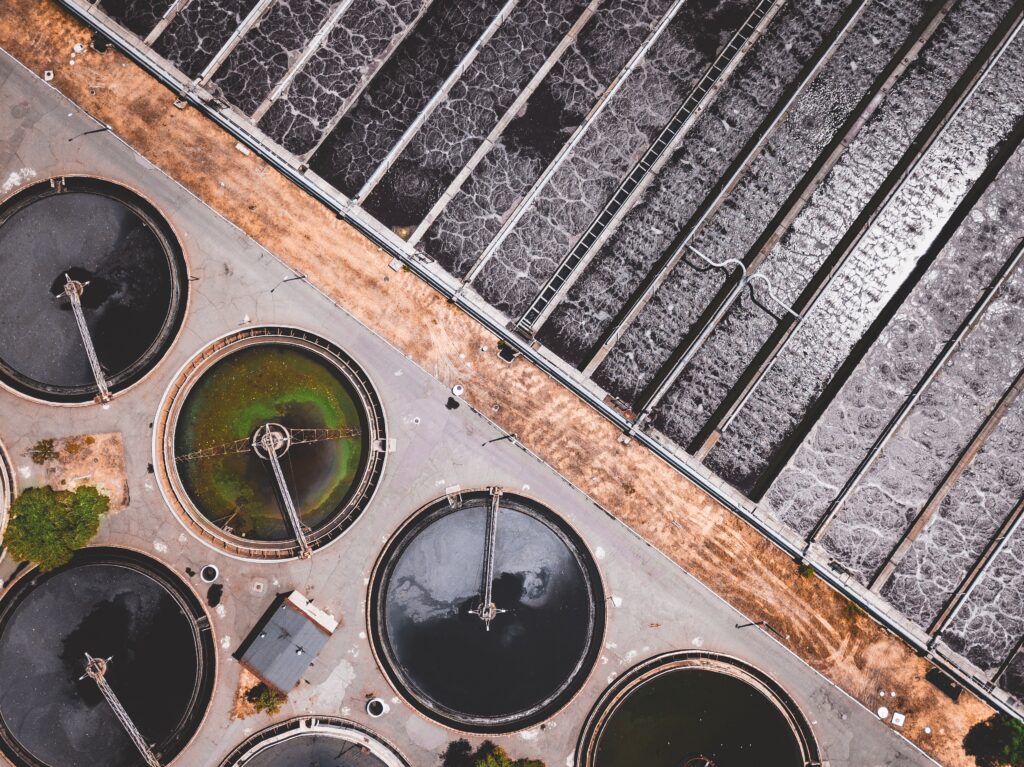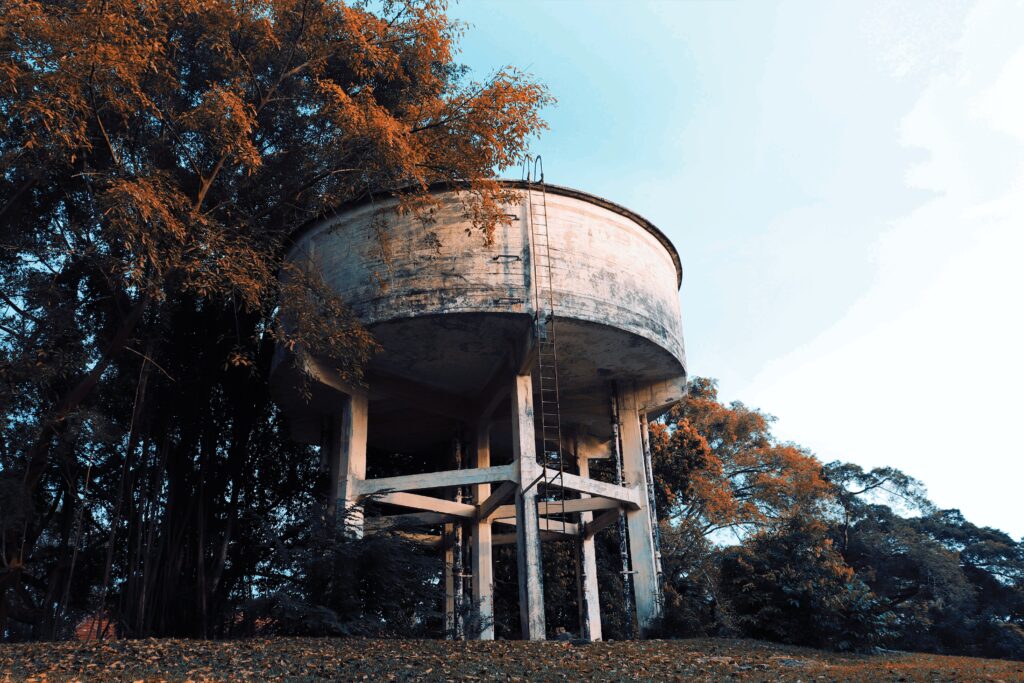When appropriately applied, chlorine added to drinking water should not result in any type of odor reminiscent of a pool party. When chlorine can be smelled in water, there are exceedingly high levels of toxic chemical compounds reacting together.
Typically, drinking water comes from natural sources such as lakes, rivers, and streams. It can also be recycled in water treatment plants throughout cities to remove leaves, dirt, fish, and other organic waste.
One of the primary treatment methods used to remove the organic matter is chlorine, which is super-effective at killing harmful organisms (bacteria, parasites, viruses, etc.) Cholera, dysentery, and chronic diarrhea outbreaks were common before water chlorination treatment. Unfortunately, using chlorine to disinfect water isn’t foolproof.
The amount of chlorine needed for water disinfection varies and teeters on a thin line between too much and not enough. If the water smells like chlorine, the water utility in charge of disinfecting might be trying to meet the EPA’s standards by creating “chlorine burnout,” to flush the system. When chlorine levels are high, chloroform can result, which causes chemically-induced asthma and pneumonia.
Chloramine is another chemical treatment companies use to disinfect water, mixed with ammonia. Studies show that more than one in five Americans ingest chloramine in drinking water. While chlorine evaporates quickly, chloramine is more stable and will last longer in the water. Chloramine also causes deterioration of municipal infrastructure because of water chemistry. With lead pipe water systems, the reaction between lead and chloramine can leak lead into the drinking water, faucets, and showerheads.
If you smell chlorine in your drinking water, contact the purification experts at Reynolds Water today.
Reynolds Water Conditioning was established in 1931 and is Michigan’s oldest water conditioning treatment company. Still owned and operated by the Reynolds family, we take pride in providing the highest quality products at a cost-effective price. If your tap water lacks the quality you deserve, contact us today at www.reynoldswater.com or call 800-572-9575.
Written by the digital marketing staff at Creative Programs & Systems: www.cpsmi.com.




